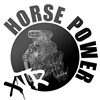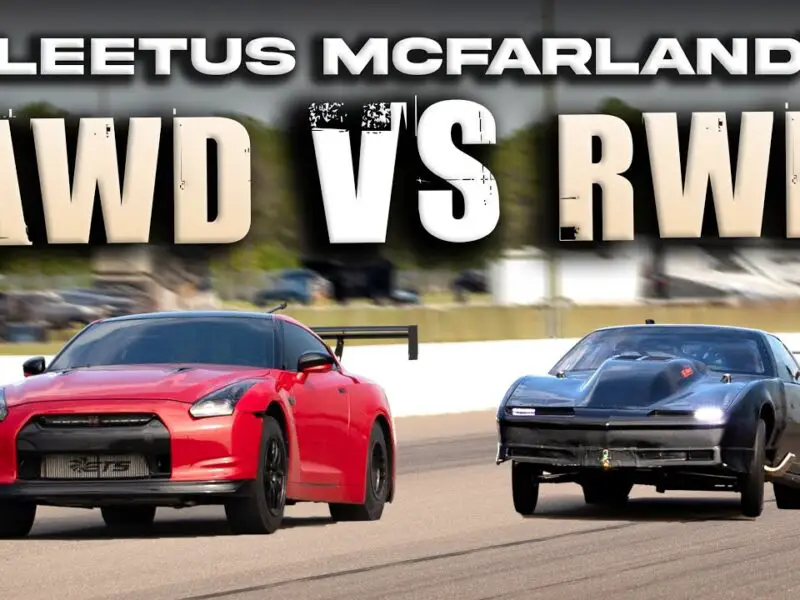Take a look at this, Big Chief from Street Outlaws Shares His Suspension Setup for Future Street Racing, Springs, Crank Height & 4-Link Adjustments!
Why Suspension Setup Matters in Drag Racing
When it comes to drag racing, horsepower wins attention — but suspension setup wins races. Big Chief, a legend from Street Outlaws, has often emphasized that the right adjustments can be the difference between blowing the tires off the line or laying down a clean, fast pass. Understanding ride height, spring pressure, crank height, and 4-link geometry is essential for maximizing traction and consistency.
Step 1: Setting the Ride Height
The first step is establishing the baseline ride height.
-
Front Ride Height: Determines how much weight transfer occurs when you launch. A slightly higher nose can help plant the rear tires, but too high creates instability.
-
Rear Ride Height: Impacts instant center and traction. Chief recommends measuring from consistent points on the chassis to the ground and adjusting evenly side to side.
✅ Pro Tip from Chief: Always set ride height with the driver in the car and the fuel level where you normally race. This ensures accuracy under real race conditions.
Step 2: Adjusting the Springs
Springs control how weight is transferred and how the chassis reacts to power.
-
Rear Springs: Softer springs can improve traction but may lead to squatting. Stiffer springs help keep the car stable but can hurt initial bite.
-
Front Springs: Must allow enough extension to let weight transfer back, but not so much that the front rises uncontrollably.
Chief stresses the importance of checking preload — making sure both sides of the car are balanced. An uneven spring setup can cause the car to pull left or right on launch.
Step 3: Crank Height Adjustments
Crank height is critical for balancing leverage in the suspension system.
-
A higher crank height increases leverage on the tires, creating more bite.
-
A lower crank height reduces leverage, which can calm the car down if it’s too aggressive.
This adjustment is particularly important for high-horsepower setups like Chief’s Crow and Crowmod, where too much bite can instantly blow the tires off.
Step 4: Dialing in the 4-Link
The 4-link suspension is one of the most powerful tuning tools in drag racing. It determines how the rear tires plant and how force is distributed through the chassis.
-
Instant Center: By moving the upper and lower bars on the 4-link brackets, you can change the instant center. A forward instant center helps tame aggressive launches, while a rearward position can give harder hits.
-
Anti-Squat: Adjusting bar angles affects how much the rear squats or separates under power. Chief notes that too much squat can unload the tires, while proper anti-squat helps keep them planted.
✅ Pro Tip from Chief: Make small changes, one at a time, and record results. A quarter-inch hole change in the 4-link brackets can make a massive difference down the track.
Why It All Matters
Horsepower means nothing without traction. Chief’s years of racing — from backstreet runs in Oklahoma to national TV on Street Outlaws — have proven that the best racers aren’t just drivers, they’re chassis tuners.
Getting suspension right means:
-
Better 60-foot times
-
Consistent runs in all conditions
-
Safer and more predictable launches
-
Maximizing every bit of horsepower


